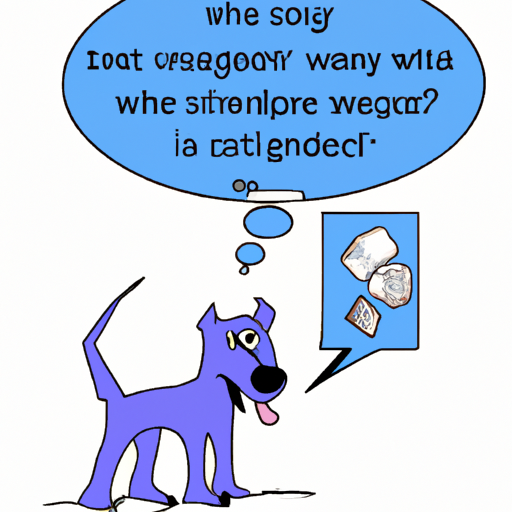As a caregiver, you might have noticed your furry companion showing an interest in ice cubes. You might have even given them one or two to play with or chew on. But why do dogs eat ice? Is it safe? This comprehensive guide will delve into these questions and more.
H2: Understanding Why Dogs are Attracted to Ice
Dogs are naturally curious creatures. They explore their environment using their senses, including their taste buds. When your dog encounters ice, they might be intrigued by its unique texture and temperature.
- Cooling down: Dogs don’t sweat like humans do. They cool down by panting and through a limited amount of sweat glands in their paws. Chewing on ice can provide additional relief, especially during hot weather.
- Hydration: Ice is simply frozen water. Dogs might munch on ice cubes to quench their thirst.
- Teething relief: For puppies, ice cubes can provide relief from teething discomfort. The cold can numb their gums and ease the pain.
- Entertainment: Dogs are playful by nature. They may enjoy batting at an ice cube and chasing it as it skids across the floor.
H2: The Safety of Dogs Eating Ice
While ice can provide numerous benefits for your dog, it’s crucial to ensure this practice is safe.
- Choking hazard: Small ice cubes or shavings are generally safe for dogs to eat. However, large pieces of ice can be a choking hazard, especially for small dogs.
- Tooth damage: Chewing on hard objects can cause tooth fractures or other dental problems in dogs.
- Cold shock: While rare, there’s a small risk that consuming large amounts of ice could lead to a sudden drop in body temperature, causing cold shock.
To mitigate these risks, it’s best to give your dog small ice cubes or ice shavings, and to monitor them while they’re eating ice.
H2: Alternatives to Ice Cubes
If you’re concerned about your dog eating ice, there are alternatives that can provide the same benefits without the risks.
| Alternative | Benefits |
|---|---|
| Frozen treats | These can be made with dog-friendly ingredients and can provide the same cooling effect as ice. |
| Chilled toys | There are toys designed to be frozen, providing relief for teething puppies. |
| Cold water | Fresh, cold water can help keep your dog hydrated and cool. |
H2: When to Seek Veterinary Advice
If your dog shows signs of discomfort after eating ice, such as pawing at their mouth, excessive drooling, or loss of appetite, it’s advisable to seek veterinary advice. These could be signs of dental problems.
H2: Frequently Asked Questions (FAQ)
1. Why do dogs like ice so much?
Dogs may be attracted to ice due to its unique texture, its cooling properties, and the hydration it provides.
2. Is it safe for dogs to eat ice?
Generally, yes. However, large ice cubes can pose a choking hazard, and excessive chewing on ice can lead to tooth damage.
3. What can I give my dog instead of ice?
Options include frozen dog treats, chilled toys, and fresh cold water.
4. Should I take my dog to the vet if they’ve eaten ice and are acting strangely?
Yes, if your dog shows signs of discomfort after eating ice, it’s best to seek veterinary advice.
5. How can I safely give my dog ice?
Stick to small ice cubes or ice shavings, and always monitor your dog while they’re eating ice.
In summary, while dogs may enjoy eating ice, it’s essential to ensure this practice is carried out safely. By understanding why dogs are attracted to ice and being aware of the potential risks, you can help your furry friend stay cool and hydrated in a safe way.



